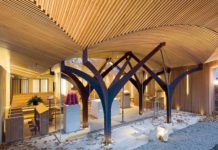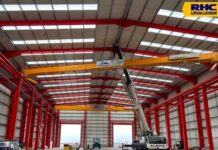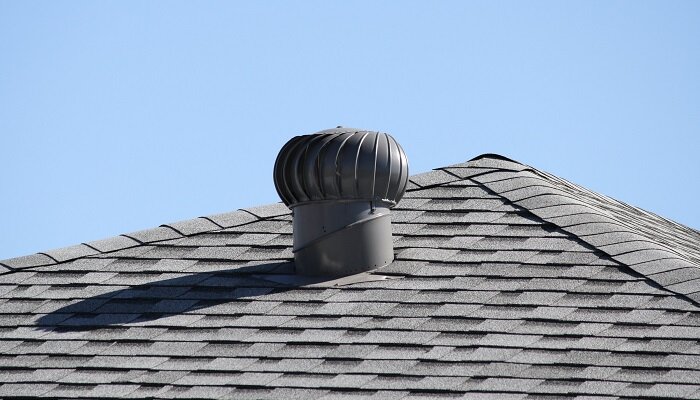When it comes to maintaining a comfortable and energy-efficient home, proper roof ventilation is often overlooked but plays a crucial role in regulating attic temperature and preserving the integrity of your roof. In this blog, we’ll explore the importance of roof ventilation and discuss different ventilation systems to help you keep your cool and maximize home efficiency.
The Importance of Proper Roof Ventilation
Proper roof ventilation is essential for several reasons:
Regulation of Attic Temperature
- Proper roof ventilation facilitates the escape of hot air from the attic space during warmer months.
- By allowing fresh air to circulate, ventilation prevents heat buildup, maintaining a more moderate temperature within the attic.
Prevention of Moisture Related Issues
- Oftentimes, roofers in Burlington recommend effective roof ventilation as it reduces the risk of moisture-related problems such as mold, mildew, and rot.
- By expelling humid air from the attic, ventilation helps to control moisture levels, preventing condensation and moisture accumulation on surfaces.
Prolonged Lifespan of Roofing Materials
- Consistent attic ventilation minimizes temperature fluctuations within the attic space, reducing thermal stress on roofing materials.
- By mitigating temperature extremes, ventilation helps prevent premature aging, warping, and deterioration of shingles, underlayment, and other roofing components.
Reduced Strain on HVAC Systems
- An adequately ventilated attic helps to maintain a more stable indoor temperature throughout the year.
- By reducing heat buildup in the attic, ventilation reduces the workload on HVAC systems, leading to lower energy consumption and utility bills.
Lower Energy Bills
- By moderating attic temperature, ventilation helps minimize heat transfer between the attic and living spaces, resulting in lower energy bills year-round.
- The energy savings achieved through proper roof ventilation can offset the initial investment in ventilation systems and contribute to a more sustainable and cost-effective home.
Types of Roof Ventilation Systems
There are several types of roof ventilation systems available, each with its own unique benefits and applications. Let’s explore some common options:
Ridge Vents
Ridge vents are installed along the peak of the roof and allow hot air to escape naturally through convection. As warm air rises, it exits through the ridge vent, creating a continuous flow of air from the soffit vents along the eaves to the ridge vent at the peak. This passive ventilation system is highly effective at ventilating the entire attic space and requires minimal maintenance.
Soffit Vents
Soffit vents are installed along the underside of the roof’s overhang or eaves and provide intake ventilation by allowing fresh air to enter the attic. These vents work in conjunction with ridge vents or other exhaust vents to facilitate airflow and prevent the buildup of heat and moisture. Soffit vents are available in various styles, including continuous vents, individual vents, and vented panels, to suit different roof configurations and aesthetics.
Static Vents
Static vents, also known as roof vents or box vents, are installed on the roof’s surface and provide passive exhaust ventilation. These vents feature a low-profile design and are available in various shapes and sizes, including square, round, and rectangular. Static vents are an economical option for ventilating attic spaces and can be installed on roofs with or without ridge vents for additional airflow.
Powered Vents
Powered vents, such as attic fans or solar-powered vents, are equipped with electric motors or solar panels to actively exhaust hot air from the attic. These vents are particularly effective in areas with limited natural ventilation or during periods of high heat and humidity. Powered vents can help supplement passive ventilation systems and provide additional airflow when needed, improving overall attic ventilation and home efficiency.
The Right Ventilation for Increased Efficiency!
Proper roof ventilation is essential for maintaining a comfortable and energy-efficient home. By implementing an effective ventilation system, you can regulate attic temperature, reduce energy bills, and protect your home from moisture-related damage. Whether you opt for passive ventilation systems like ridge vents and soffit vents or choose powered vents for added airflow, investing in roof ventilation is a smart decision that pays dividends in the long run. So, keep your cool and ensure optimal home efficiency with the right roof ventilation solution for your needs.



































